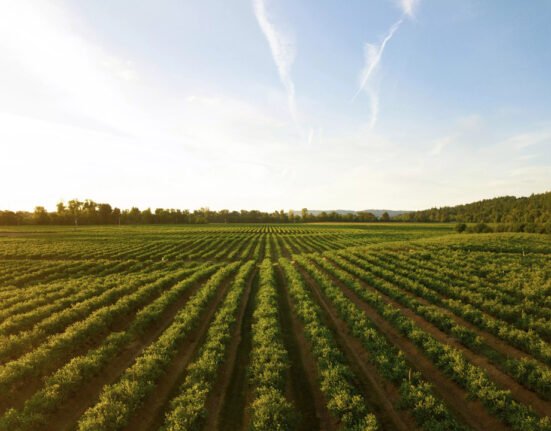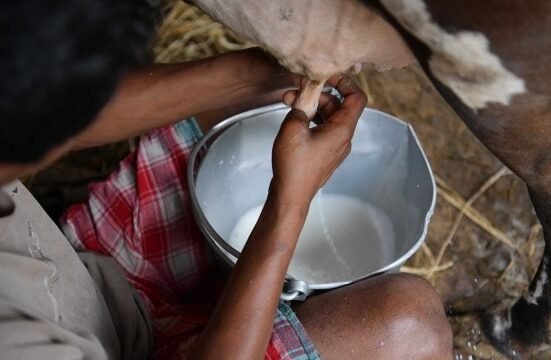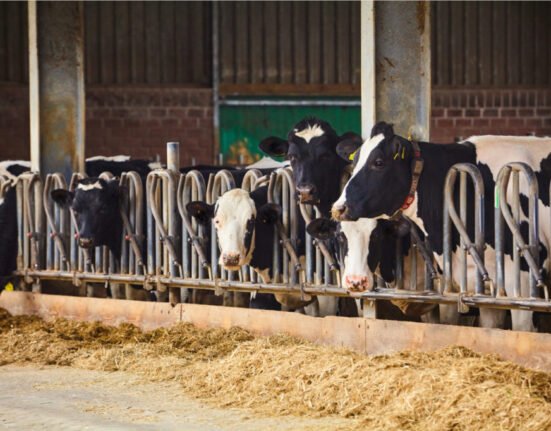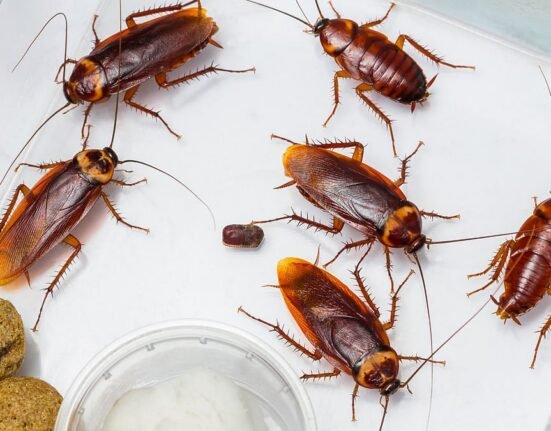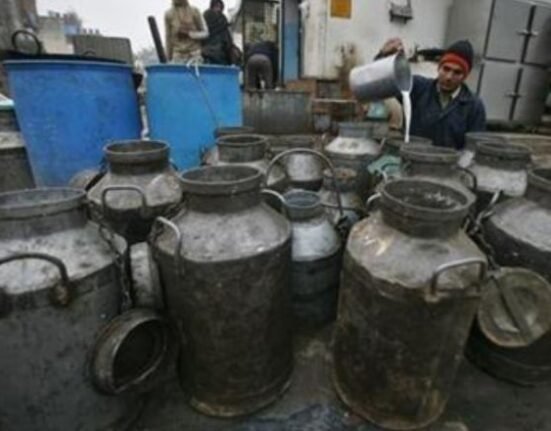Base Year: 2012
India’s Consumer Price Index (CPI)-based inflation, a key measure of price stability, has shown a significant cooling trend over the past 12 months. The data for August 2024 to July 2025 reveals a steep decline from post-monsoon peaks in October 2024 to multi-year lows by July 2025.
Peak and Decline
- High Point: Inflation peaked in October 2024 at 6.21% (Combined), driven primarily by rural price pressures (6.68%) compared to urban (5.62%).
- Low Point: By July 2025, combined inflation had eased to 1.55%, with rural areas at 1.18% and urban areas at 2.05%.
This represents a 74% drop in the combined inflation rate within nine months, underscoring the effect of easing food prices, better supply conditions, and moderated fuel and commodity costs.
Rural vs Urban Inflation Patterns
The data shows that rural inflation exceeded urban inflation for most of the year. This can be attributed to:
- Higher food basket weight in rural CPI – 54.18% in rural vs 36.29% in urban.
- Greater vulnerability to weather-linked supply shocks in rural areas.
- Transport and logistics factors affect remote areas more sharply.
Interestingly, between March and May 2025, the trend reversed, with urban inflation slightly overtaking rural. This period coincided with:
- Rising housing, transport, and service costs in urban centres.
- Seasonal moderation in rural food inflation due to better rabi harvest availability.
Dairy Inflation – A Steady Contributor
Milk and milk products form a significant share of the CPI food basket — 7.72% in rural CPI and 5.33% in urban CPI. Unlike volatile vegetables or cereals, dairy prices tend to move steadily, reflecting:
- Cost of cattle feed and fodder (linked to cereal and oilseed prices).
- Seasonal production dips during the summer months when milk output falls.
- Urban demand stability, especially for packaged milk and value-added dairy.
In 2024–25, dairy inflation remained moderately elevated even as overall food inflation cooled. This was due to:
- Persistent fodder cost pressures follow the 2023 drought in some regions.
- Higher procurement prices paid by cooperatives and private dairies to maintain farmer income.
- Transport and chilling costs remained high in certain states despite easing fuel prices.
However, by mid-2025, better fodder availability and seasonal milk flushes started slowing dairy price growth, contributing to the overall moderation in CPI.
Dairy’s importance lies in its non-cyclical consumption pattern — demand remains steady even during broader food price corrections, making it a structural inflation component rather than a temporary spike.
Drivers of Disinflation
Several factors contributed to the sharp easing of prices:
- Food price stability: Cereals, vegetables, and pulses saw reduced volatility post-harvest.
- Fuel and light costs: Lower global crude prices and improved domestic supply helped.
- Base effect: The high inflation months of 2023–24 made year-on-year comparisons softer.
- Government interventions: Stock limits, export bans on select commodities, and subsidies to contain price spikes.
- Dairy moderation: Marginal improvement in milk supply from mcentral-producing states like Uttar Pradesh, Rajasthan, and Gujarat.
Macroeconomic Implications
The easing CPI trajectory offers the Reserve Bank of India (RBI) more space to consider:
- Monetary policy adjustments, possibly shifting from tight to neutral.
- Support for rural consumption, which higher food prices had hit in the previous year.
- Inflation targeting credibility, as CPI remains well within the RBI’s 4% ± 2% band.
However, risks remain:
- Weather shocks: A delayed or deficient monsoon could re-ignite food inflation, especially in perishables like milk.
- Global commodity volatility: Energy prices and feed ingredient costs could again pressure dairy.
- Urban service inflation: Costs in housing, education, and healthcare remain sticky.
Conclusion
The 2024–25 CPI data highlights a successful cooling of inflationary pressures in India, mainly driven by better food supply, global price moderation, and gradual easing in dairy prices. While dairy inflation remained a steady contributor, it did not spike as sharply as in past years, thanks to improved procurement and supply management.
The narrowing rural-urban inflation gap reflects evolving consumption patterns and the effectiveness of policy measures. Yet, given dairy’s central role in household nutrition and its weight in CPI, tracking milk prices will remain critical for predicting India’s inflation path in 2025–26.


